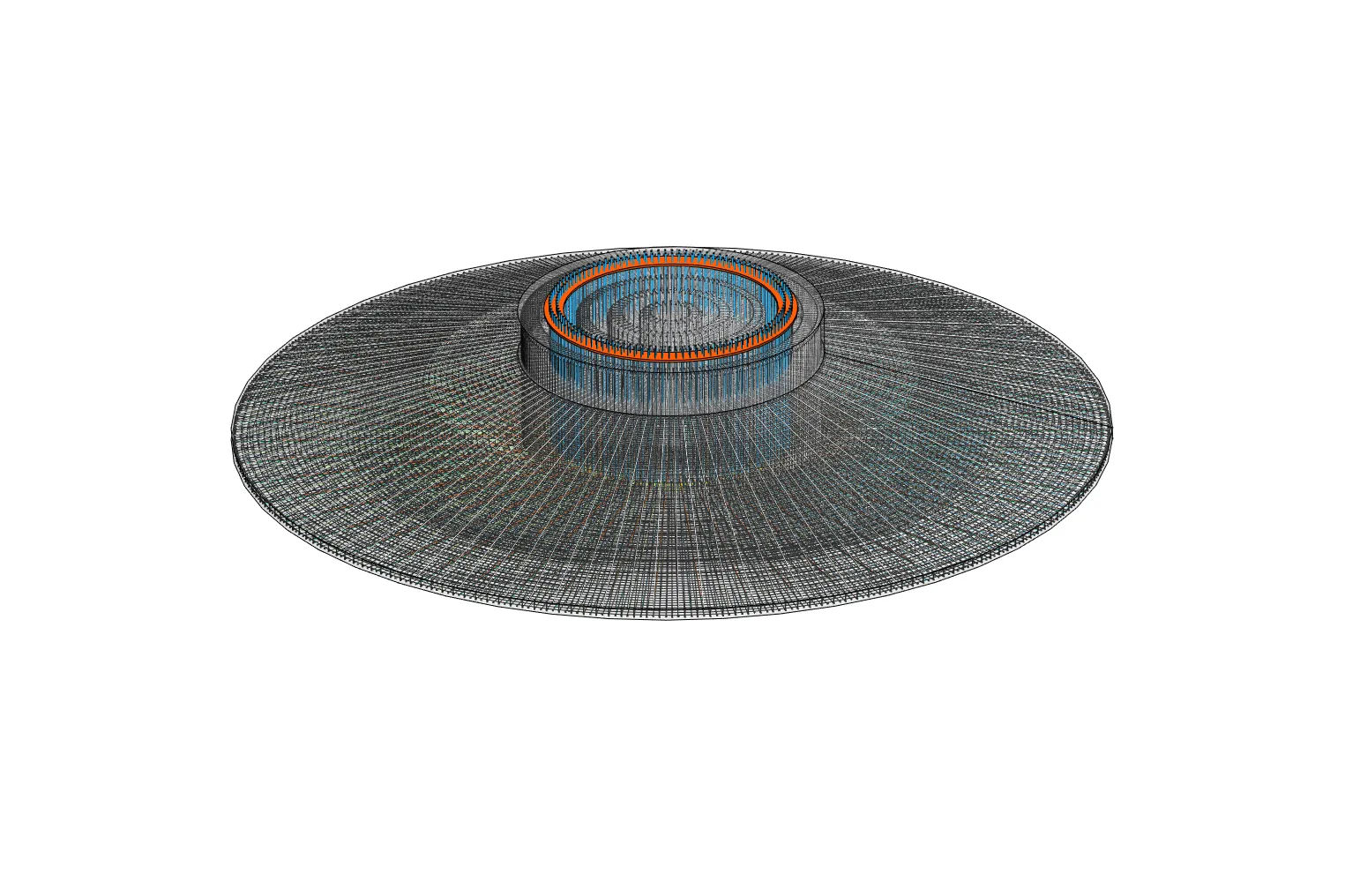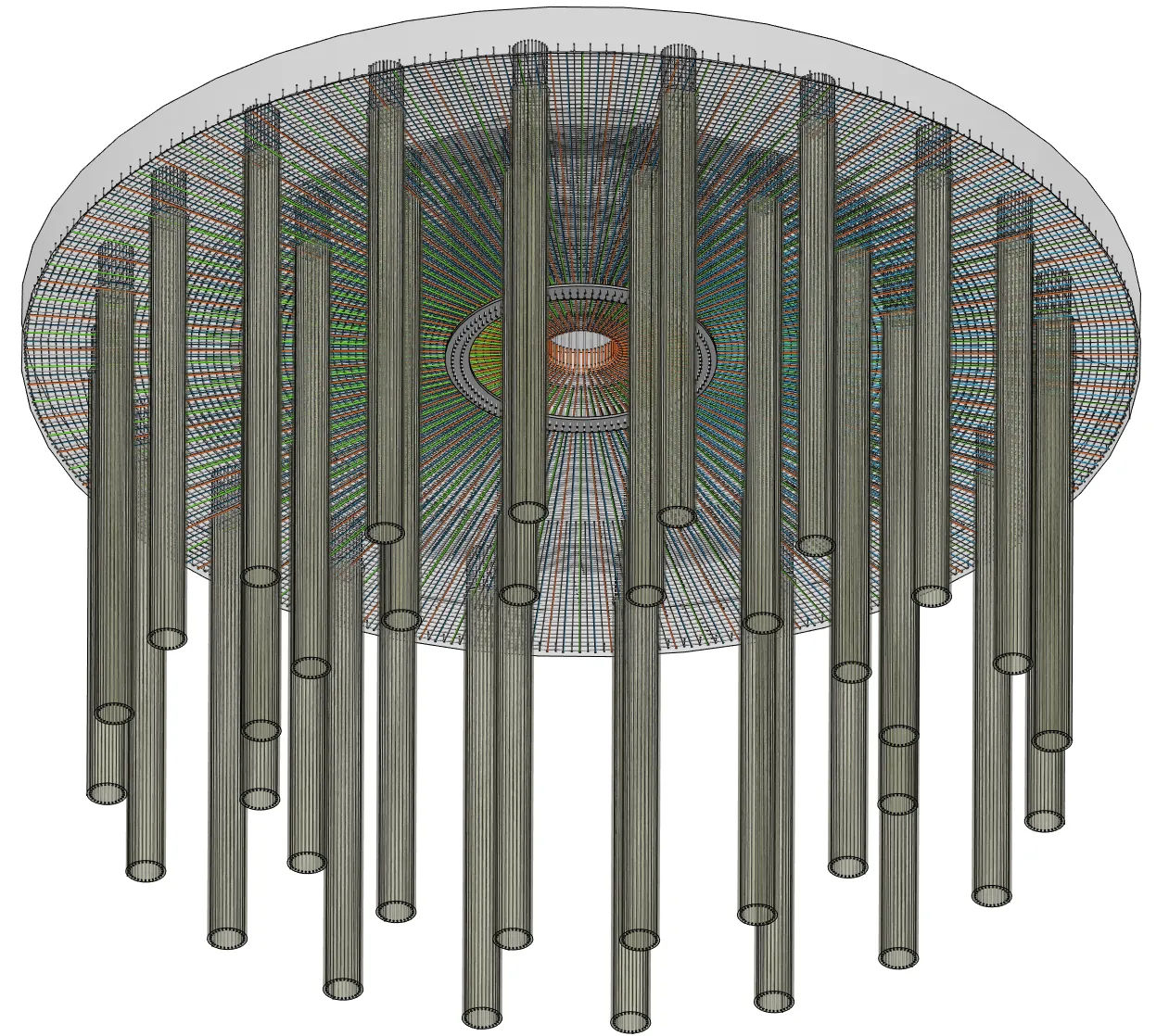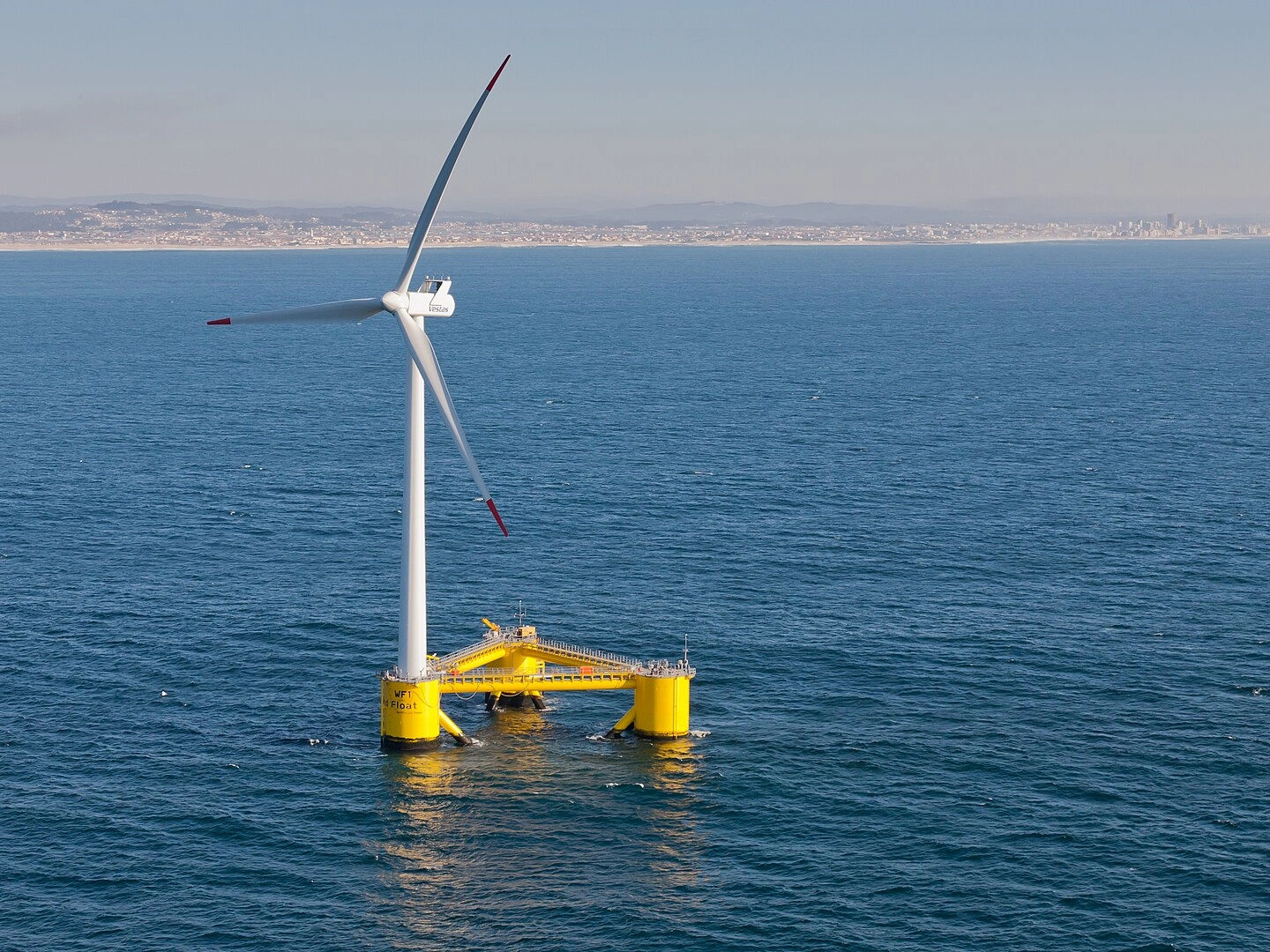
Wind Turbine Foundation Types
Wind energy projects are classified as either onshore or offshore, with distinct differences in their foundation systems.
Onshore Wind Turbine Foundations
As the name suggests, onshore wind turbines are installed on land, with foundations bearing directly on the ground.
Most onshore wind energy projects use one of these three main foundation systems:
- Gravity-based foundations.
- Piled foundations.
- Rock-anchored foundations.
Gravity-Based Foundations
A gravity-based foundation relies on its own weight to keep the wind turbine stable. It acts like a counterweight, resisting the tendency of the turbine to tip over (overturn) due to wind loads.
Gravity-based foundations need a large base to spread the load over a wide area, so the bearing ground can withstand the pressure and avoid excessive deformations.

In a future post we'll talk more in depth about onshore wind turbine foundations and the multiple variations to the typical gravity-based foundation, which allow us to reduce material quantities.
Piled Foundations
When near-surface soils are not strong enough, gravity-based foundations may not be suitable to ensure the stable and stiff support wind turbines need. In those cases, piled foundations transfer the load to deeper and more competent soil or rock layers.
A piled foundation uses long and slender structural elements like columns, called piles. The piles are driven or drilled deep into the ground to support the foundation slab or pile cap.

Rock-Anchored Foundations
When competent bedrock is located near the surface, we may be able to use rock-anchored foundations instead of large gravity-based systems.
Rather than relying solely on self-weight, these foundations use post-tensioned tendons to tie the concrete cap to the bedrock. The tendons apply compressive forces that mobilize the surrounding rock mass, providing the required stability with significantly less concrete and excavation.

If you need support to design the wind turbine foundations for your onshore wind project, don't hesitate and get in touch 📧.
Offshore Wind Turbine Foundations
Offshore wind turbine foundation must withstand the added complexity of operating in a marine environment. Depending on water depth, two main foundation types are used:
- Fixed-bottom foundations.
- Floating foundations.
Fixed-Bottom Foundations
In water depths up to approximately 60 meters, fixed-bottom foundations are the most common and cost-effective solution.
These structures are directly attached to the seabed, providing a stable base for the turbine.
Common types include monopiles, jackets, and gravity-based foundations adapted for marine use.

Floating Foundations
Beyond 60 meters, fixed-bottom solutions become prohibitively expensive. Floating foundations offer an alternative by supporting the turbine on a buoyant platform, anchored to the seabed with mooring lines and anchors.
Floating foundations enable offshore wind development in deep waters, a vast wind resource.

The fact of not having a fixed foundation brings some important advantages:
- Access to stronger and more consistent winds.
- Onshore assembly and offshore towing.
- Potential for easier maintenance via towing.
However, they also present significant challenges:
- Complex dynamic behavior due to platform motion.
- Higher cost and design complexity of mooring and anchoring systems.
While the technology is still maturing and more expensive than fixed-bottom solutions, it is advancing rapidly and will potentially play a key role in the future of offshore wind energy.